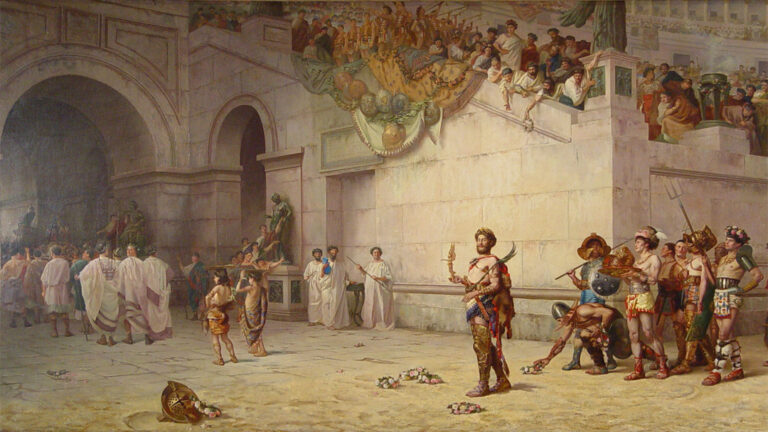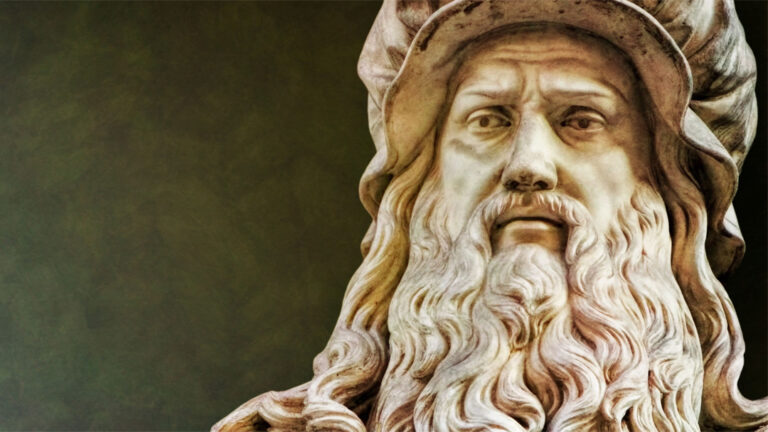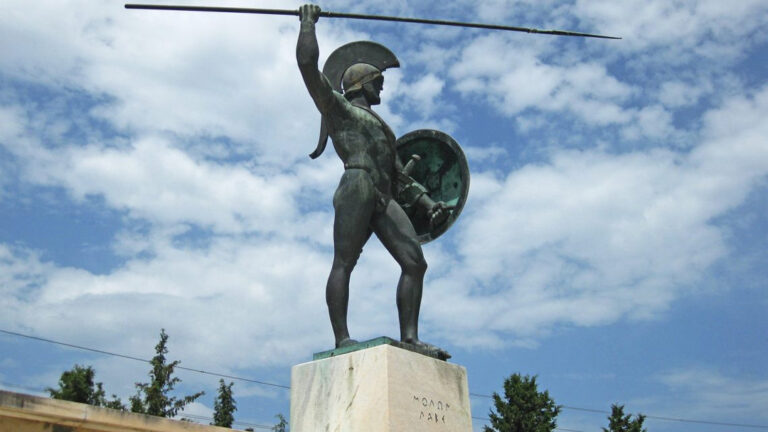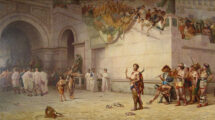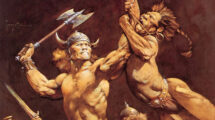LESSON XVIII: LEONARDO DA VINCI AND INNOVATION
Conducting: Steward. Opening Remarks/Announcements (Announce that at the end of the meeting we will: (i) sign up new members; (ii) ask for contributions on the website or take up a collection).
Steward: Explanation of Ethical Overlay. The purpose of the Ethical Overlay is to provide an overlay to ethical, moral and religious beliefs in areas of identity, family and heritage, to promulgate ethical and moral policy and to help each individual to become a better person and preserve the environment for future generations. Announcements will be at the end of the meeting.
Congregant: Opening words of Inspiration
The Renaissance was an era of artistic, scientific, and philosophical activity that began in Italy and affected all of Europe for over 200 years. Leonardo Da Vinci continues to be one of the best-remembered people from that period. His unparalleled contributions to art and science came from a life dedicated to study and innovation, as shown from the following quotes attributed to him:
1) Iron rusts from disuse; water loses its purity from stagnation … even so does inaction sap the vigour of the mind.
2) Learning is the only thing the mind never exhausts, never fears and never regrets.
3) As every divided kingdom falls, so every mind divided between many studies confounds and saps itself.
Steward: We will now have a Moment of Silence for: __(decide locally)___. [about 20 second pause].
The guitar is one of the most common instruments used in our day, appearing at campfires, in living rooms, and in rock concerts around the world. The instrument is itself unaccountably ancient and has been part of human history for thousands of years. While we most often hear guitar as an accompanying instrument, this piece called Les soirées d’Auteuil is played by solo guitar.
Audio Player
00:00
00:00
Use Up/Down Arrow keys to increase or decrease volume.
Steward: We will now have a discussion on the following topic:
Discussion: Quotes from Leonardo Da Vinci
Da Vinci is recorded as having said the following:
Time stays long enough for anyone who will use it.
Where the spirit does not work with the hand there is no art.
It had long since come to my attention that people of accomplishment rarely sat back and let things happen to them. They went out and happened to things.
Discuss:
1. What are some of the factors that go into innovation?
-
a. When in your life have you been able to accomplish important things?
i. How did you make them happen?
b. What are some innovations you’ve admired in the works of others?
2. What are some innovations from our race that have contributed to our modern life and the world as a whole?
3. How can we structure our time so that we are innovating and contributing to the world?
(More quotes from Da Vinci)
Principles for the Development of a Complete Mind: Study the science of art. Study the art of science. Develop your senses- especially learn how to see. Realize that everything connects to everything else.
There are three classes of people: those who see. Those who see when they are shown. Those who do not see.
Discuss:
4. What are “the science of art” and “the art of science”?
a. How is an understanding of science and art necessary to innovation?
5. What does Da Vinci mean by his three classes of people?
a. How do we become “those who see”?
Congregant: Closing words of inspiration.
The noblest pleasure is the joy of understanding.
I have been impressed with the urgency of doing. Knowing is not enough; we must apply. Being willing is not enough; we must do.
Once you have tasted flight, you will forever walk the earth with your eyes turned skyward, for there you have been, and there you will always long to return.
Extend an invitation/commitment to apply one thing learned this week.
Steward: Take contributions from group made payable to Ethical Overlay. [Take cash, checks, or commitments to pay online].
[Adjournment] Announcements and Questions after adjournment